Physics 101: Free Body Diagrams
In physics, a free body diagram is a graphical illustration used to visualize the applied forces, moments, and resulting reactions on a body in a given condition. In this episode, students learn to solve related word problems. Part of the "Physics 101" series.
Media Details
Runtime: 24 minutes 34 seconds
- Topic: Mathematics, Science
- Subtopic: Mathematics, Physics, Science Methods
- Grade/Interest Level: 10 - 12
- Standards:
- Release Year: 2020
- Producer/Distributor: Physics Girl
- Series: Physics 101
- Report a Problem
Related Media
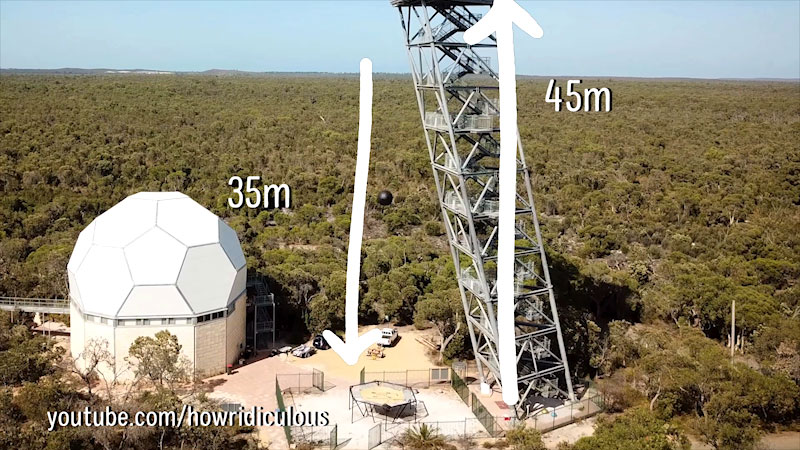
Physics 101
Episode 2
22 minutes 45 seconds
Grade Level: 10 - 12
Physics 101
Episode 2
22 minutes 45 seconds
Grade Level: 10 - 12
Physics 101: Free Fall
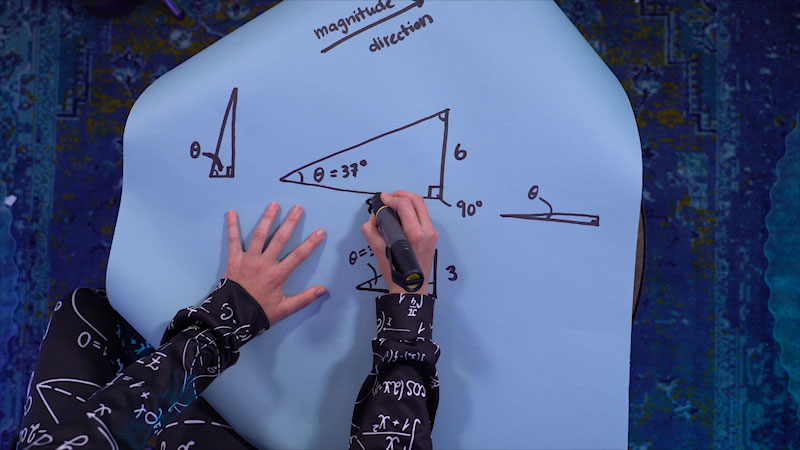
Physics 101
Episode 0
12 minutes 30 seconds
Grade Level: 10 - 12
Physics 101
Episode 0
12 minutes 30 seconds
Grade Level: 10 - 12
Physics 101: Trig Review for Physics
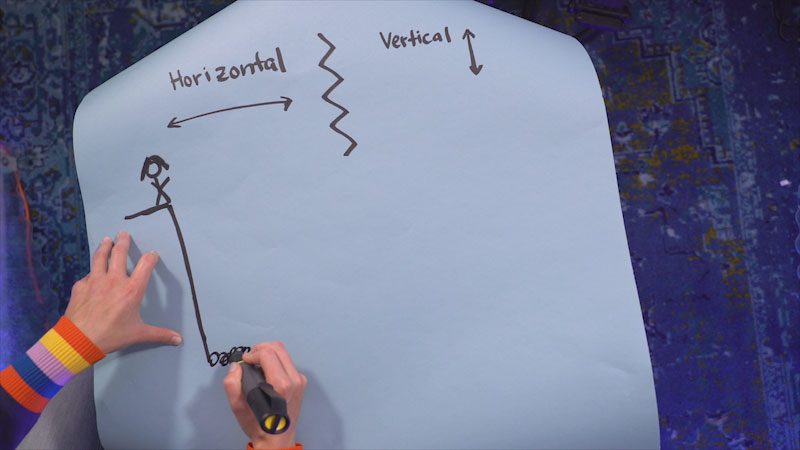
Physics 101
Episode 3
22 minutes 53 seconds
Grade Level: 10 - 12
Physics 101
Episode 3
22 minutes 53 seconds
Grade Level: 10 - 12
Physics 101: 2D Motion

Physics 101
Episode 4
23 minutes 6 seconds
Grade Level: 10 - 12
Physics 101
Episode 4
23 minutes 6 seconds
Grade Level: 10 - 12
Physics 101: Newton's Laws of Motion

Physics 101
Episode 5
24 minutes 34 seconds
Grade Level: 10 - 12
Physics 101
Episode 5
24 minutes 34 seconds
Grade Level: 10 - 12
Physics 101: Free Body Diagrams

Physics 101
Episode 6
20 minutes 24 seconds
Grade Level: 10 - 12
Physics 101
Episode 6
20 minutes 24 seconds
Grade Level: 10 - 12
Physics 101: Friction
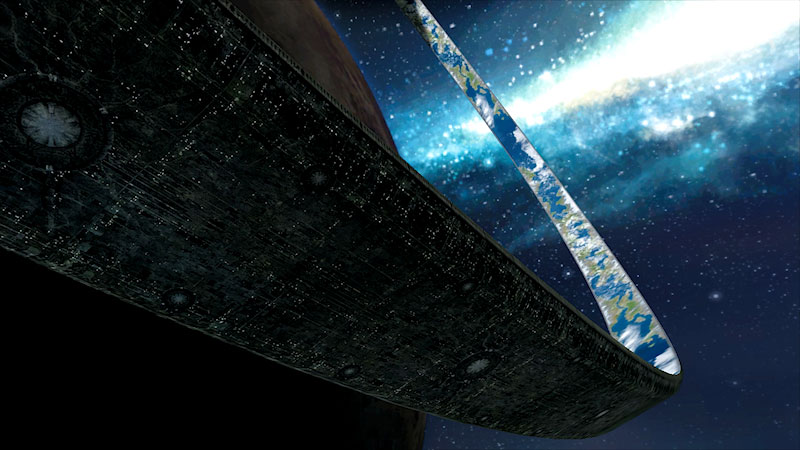
Physics 101
Episode 7
25 minutes 48 seconds
Grade Level: 10 - 12
Physics 101
Episode 7
25 minutes 48 seconds
Grade Level: 10 - 12
Physics 101: Circular Motion

Physics 101
Episode 8
25 minutes 58 seconds
Grade Level: 10 - 12
Physics 101
Episode 8
25 minutes 58 seconds
Grade Level: 10 - 12
Physics 101: Gravity and Orbits
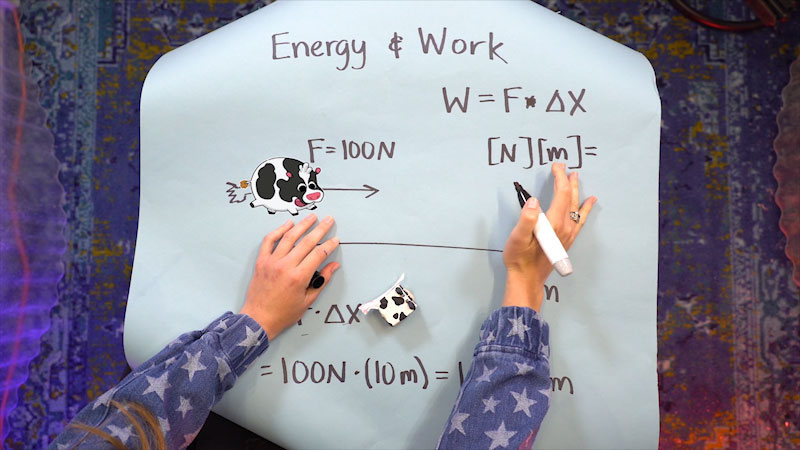
Physics 101
Episode 9
28 minutes 3 seconds
Grade Level: 10 - 12
Physics 101
Episode 9
28 minutes 3 seconds
Grade Level: 10 - 12
Physics 101: Energy and Work

Physics 101
Episode 10
25 minutes 51 seconds
Grade Level: 10 - 12
Physics 101
Episode 10
25 minutes 51 seconds
Grade Level: 10 - 12
Physics 101: Conservation of Energy
